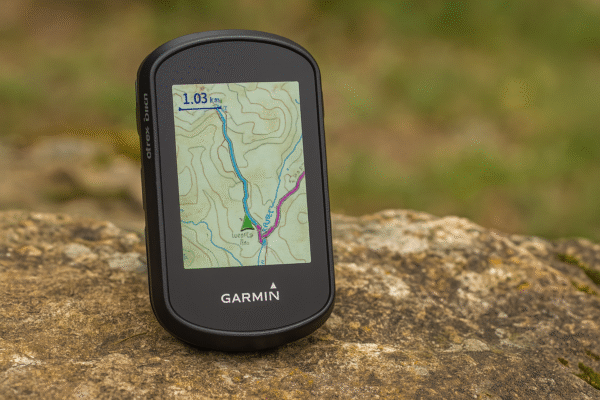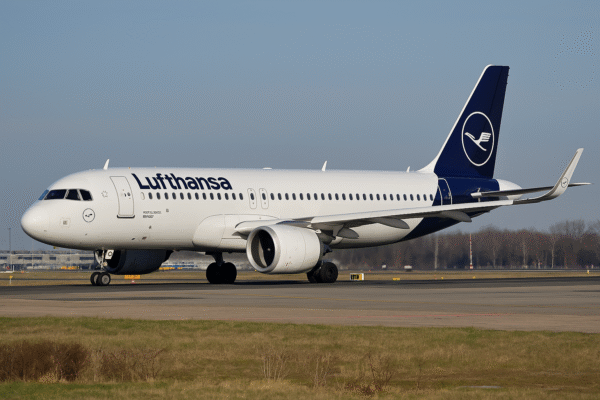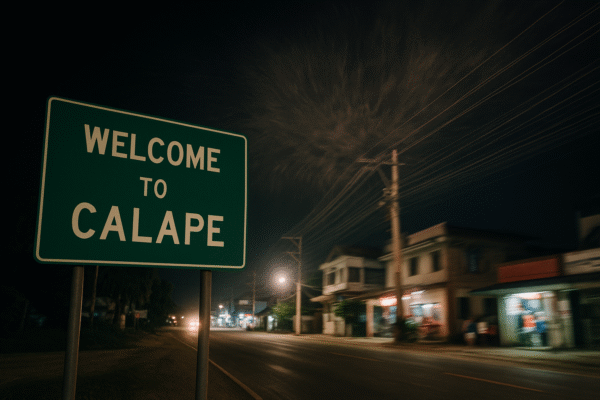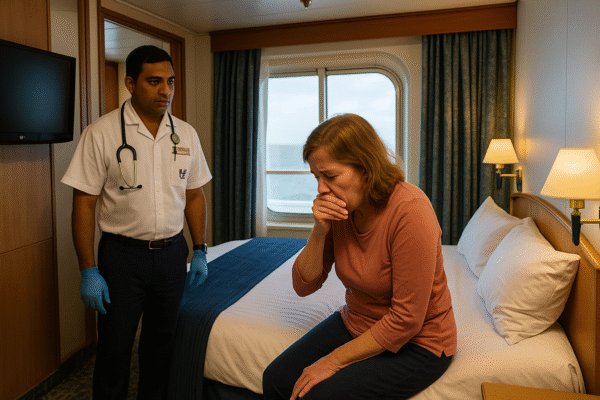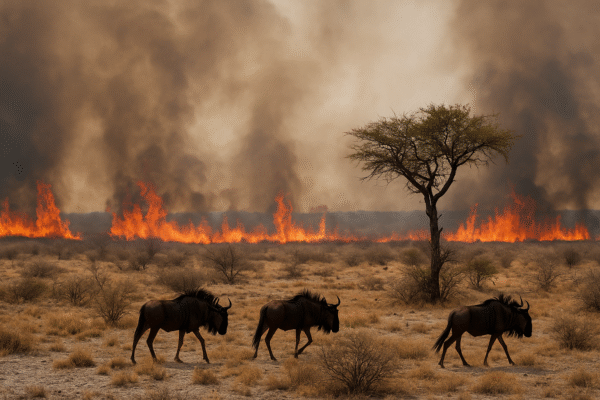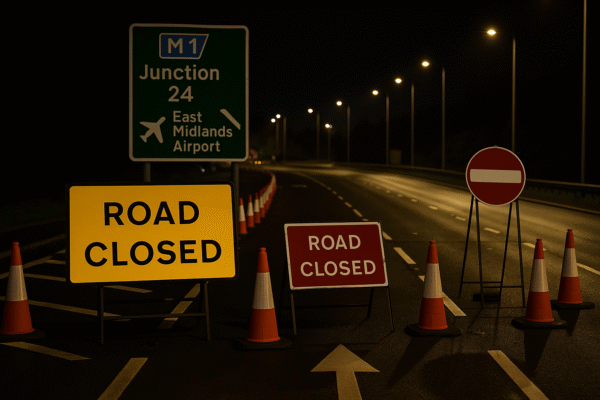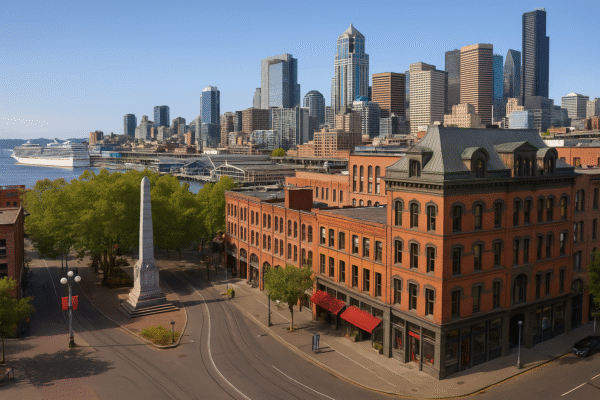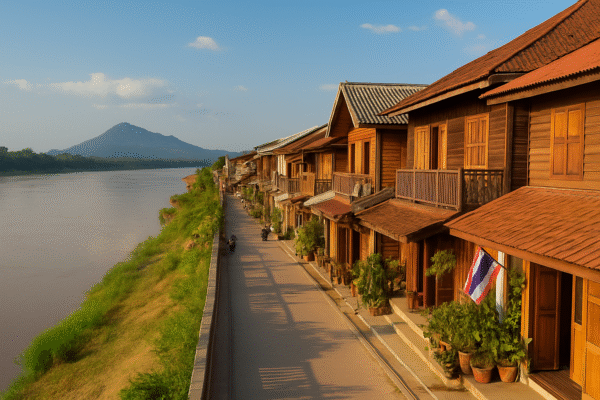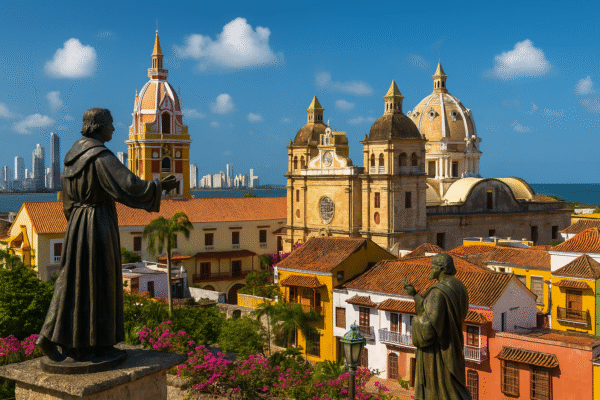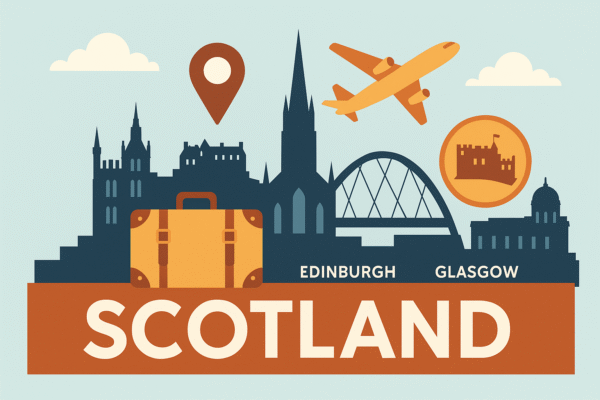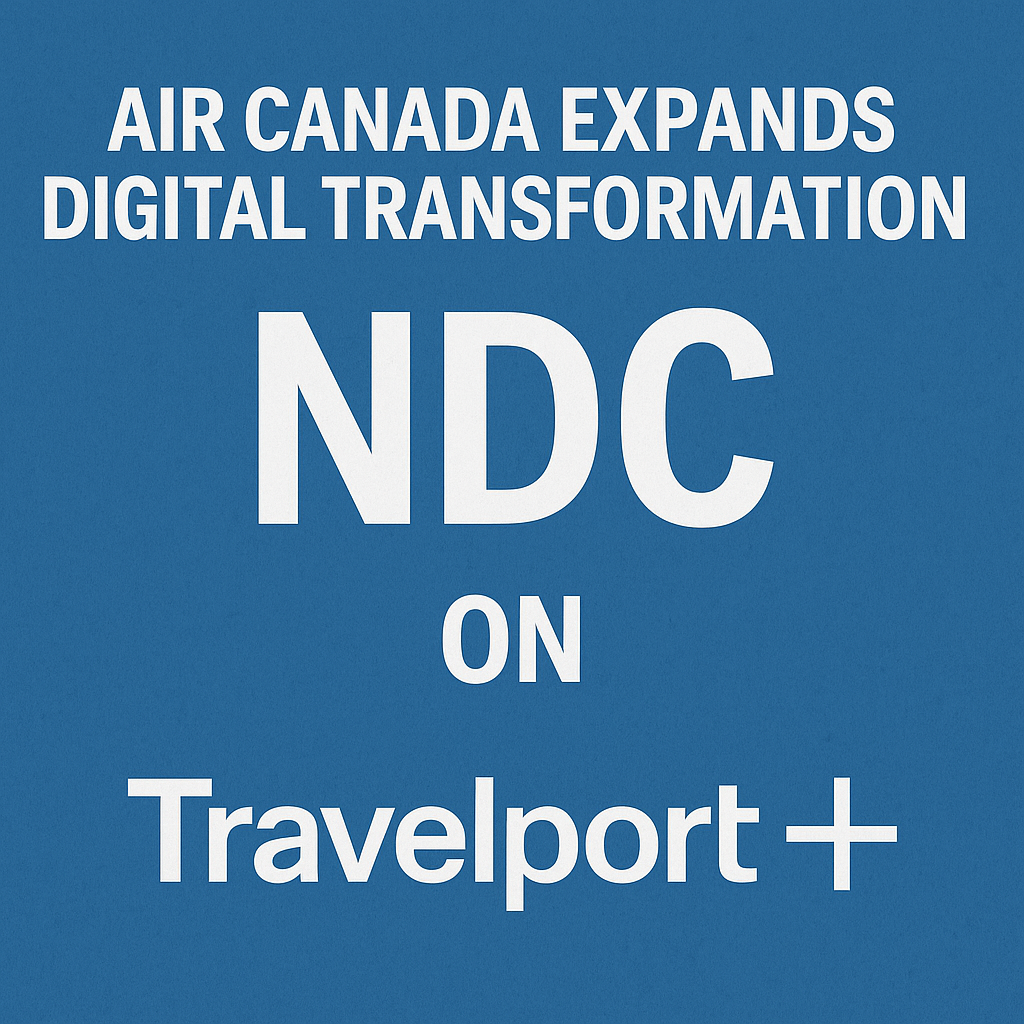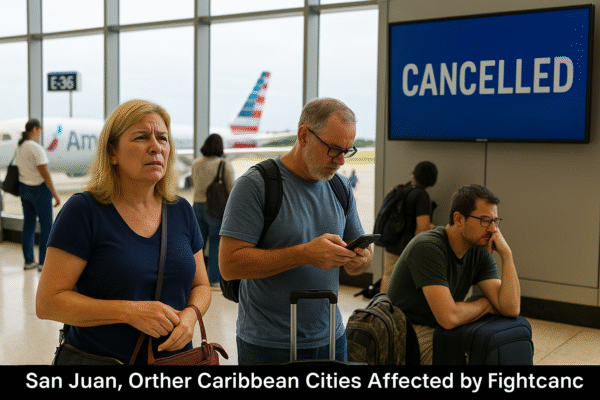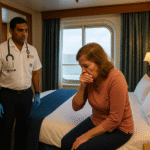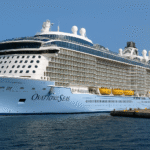The United States government updated its travel advisory for Madagascar, placing the country at Level 3: Reconsider Travel. This development follows a surge of nationwide protests, growing civil unrest, and a rise in crime that has unsettled both locals and international visitors.
Madagascar has long captivated travelers with its pristine beaches, extraordinary biodiversity, and vibrant culture. Yet the current unrest casts a shadow over the tourism industry, an essential part of the nation’s economy. Officials now urge travelers to carefully weigh the risks before visiting.
Why the Travel Advisory Changed
The advisory upgrade comes after weeks of protests across Madagascar. Demonstrations originally began in response to persistent power outages and water shortages, which disrupted daily life for communities and businesses. Anger over these issues escalated quickly, leading to widespread rallies, road blockades, and property damage.
In several cities, demonstrators clashed with police, who responded with rubber bullets and tear gas. Reports of looting and vandalism deepened public concern, creating a volatile environment. With gatherings turning violent without warning, the US Department of State emphasized that travelers could face sudden risks in urban areas.
Madagascar’s Tourism Goals in Jeopardy
Tourism plays a vital role in Madagascar’s economy, and the government has set an ambitious target of attracting one million visitors per year by 2028. However, the current unrest threatens these goals.
Between January and August 2024, the country welcomed just over 126,000 visitors—far below expectations. With the travel advisory now in place, potential tourists may hesitate, further slowing the sector’s recovery after pandemic-related downturns. Hotels, tour operators, and small businesses dependent on international arrivals fear long-term setbacks.
Safety Advice for Travelers
Despite the unrest, some travelers may still choose to visit Madagascar, especially for its unmatched natural attractions such as the Avenue of the Baobabs, Tsingy de Bemaraha, and its world-famous lemurs. For those continuing with their plans, strict safety measures are recommended:
- Avoid protest zones: Demonstrations can escalate quickly and put visitors in harm’s way.
- Plan for emergencies: Have an evacuation plan independent of US government assistance.
- Stay indoors after dark: Crime, including robberies and assaults, occurs more frequently at night.
- Stay updated: Monitor local news and adjust itineraries as conditions change.
- Purchase travel insurance: Ensure coverage for medical needs and unexpected disruptions.
These steps will not eliminate risks but can provide travelers with a greater sense of security while navigating an unpredictable environment.
Understanding the Roots of Unrest
Madagascar’s protests reflect deep frustrations among its population. Rolling blackouts and water shortages often last up to half a day, straining households and businesses alike. On September 25, 2025, large demonstrations erupted, with participants demanding urgent solutions.
The protests quickly spiraled into violence. Demonstrators targeted political figures associated with President Andry Rajoelina’s administration, leading to attacks on property and heightened tensions in key urban centers.
In response, the government imposed a dusk-to-dawn curfew. Despite this measure, protests continue, highlighting the fragile political and social climate. Hospitals in several cities confirmed multiple injuries and at least five fatalities, although the true toll may be higher.
How the Situation Affects Visitors
The instability affects not only residents but also travelers. Transportation disruptions, sudden curfews, and clashes between protesters and security forces pose real risks. Roadblocks and demonstrations often strand visitors in unfamiliar areas, while damage to businesses impacts access to essential services.
Adventure travelers drawn to Madagascar’s wild landscapes must prepare for unexpected challenges, including delays in reaching remote destinations. Tour operators advise clients to remain flexible with schedules and always have backup options for accommodations and transport.
What the Advisory Means for Future Travel
The US government’s decision to raise the advisory level underscores the seriousness of the situation. For potential visitors, this means careful planning is essential. Many travelers may choose to postpone their trips until stability returns, while others may redirect their holidays to safer African destinations.
Madagascar’s tourism board continues to promote the country’s attractions, emphasizing its cultural richness and ecological treasures. However, restoring international confidence depends on the government’s ability to stabilize the situation. Without improvements, visitor numbers may remain far below the country’s targets.
Balancing Risks with Rewards
Madagascar remains one of the world’s most unique destinations, home to plants and animals found nowhere else on Earth. Its natural beauty and cultural diversity promise unforgettable experiences for travelers. Yet safety must remain the priority.
For now, travelers should weigh the rewards of discovering Madagascar’s wonders against the risks posed by political unrest and crime. With vigilance, flexible planning, and adherence to safety guidelines, some visitors may still explore the island. Others may prefer to wait until peace and stability return.
For more travel news like this, keep reading Global Travel Wire


